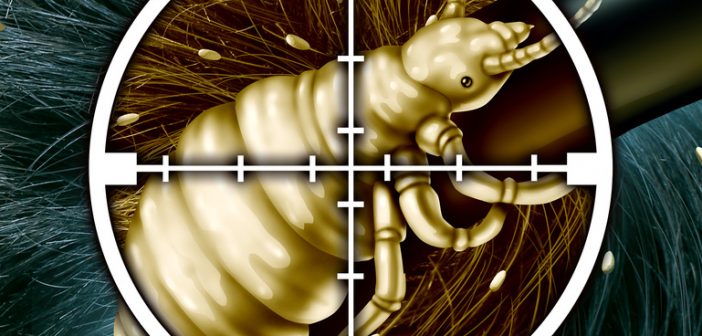HEAD LICE ….. just the mention of those two words makes me shudder and start scratching my head!! eeeek
Every parent fears them or at least every parent I have ever spoken to! You know the moment when you open your child’s school bag and see a note, you take it out and start reading …… “just letting you know there has been a case of head lice reported in your child’s classroom, can you please check your child’s head to make sure they have not contracted them” ….. DREAD!!
Since my daughter was born she has hated us going anywhere near her hair. At times I would try and be sneaky and get a quick brush in but she always knew and would start screaming before I even managed to get contact with her hair. I told her unless she lets us brush her hair she had to keep it short, so she opted to keep it short.
This year she started prep and I have been dreading the thought of head lice. Though we have managed to work out some regular hair brushing now, with the help of some pink fairy detangling spray, head lice is a whole other story.
The Facts
Head lice are wingless, tiny creatures that live among human hairs and feed on tiny amounts of blood drawn from the scalp. Adults are smaller than a sesame seed and range in colour … mostly grey/brown. They are annoying and even may be embarrassing for some but they are not actually dangerous in a life threatening way.
Adults lay eggs (nits) attached to hairs and when they hatch, the little ones take about 2 weeks to grow and reproduce again and the cycle continues. Lice can survive for around 2 days off the scalp too.
Signs of Head Lice
Unless the infestation is very heavy, you will usually see the nits rather than seeing live lice in your child’s hair. When the eggs hatch within about 1-2 weeks of being laid, the shells are left behind and more visible and white. Nits look a lot like dandruff only they can’t be moved by brushing. Try parting your child’s hair into small sections and looking for lice and nits with a fine-toothed comb on the scalp, behind the ears, and around the nape of the neck.
Sometimes itching caused either by live lice or more commonly by the spots where they bite the scalp can be an indication though I feel itchy just from someone mentioning head lice haha. Some kids develop small red dots or lumps as a reaction to the bites and you may be able to see them on the scalp too.
Treatment
The first step is DO NOT PANIC! Its super common to deal with lice and it is not overly difficult in most cases. Once you understand the life cycle you will realise that killing the adult or living lice is the first step as any hatching eggs will not be able to reproduce for several weeks. If you repeat the treatment to kill and remove lice a few times then you will never get into the breeding cycle.
Head lice can be removed by applying plenty of hair conditioner to dry hair and then combing to remove live lice and eggs. The conditioner makes it hard for the lice to move and traps them in the teeth of the comb. By repeating this for 10 days you should remove all lice and no new eggs can have been laid which means that you should be lice free. Yay!
There are also several chemical products available at the pharmacy and they have various degrees of toxicity. Some claim to be natural and organic and others claim to kill eggs also but most treatments are shampoo type products and recommend combing out the dead nits and lice afterwards. Follow the directions on the bottle carefully though as some come with some significant health warnings. It is an easier treatment in shorter hair.
Lice can be an ongoing battle as it is a community issue and re-infestation can occur easily. If your child still has lice 2 weeks after you started treatment or if your child’s scalp looks infected, call your doctor.
Prevention
Lice move onto new humans through proximity and sharing head wear so anything you can do to contain the hair may help slightly. Tying hair up and keeping some distance from others can help but in the end its very likely that your children will get some hair lice at some point.
Some parents have daily routines of spraying their hair with a water bottle each morning containing a drop of tea tree oil and lavender while other suggest combing conditioner through the hair prevents lice laying eggs on the strands. Hair spray is another commonly recommended home remedy for preventing hair lice but I have no research to back any of those up.
There is a lot of misinformation about head lice and also a public opinion that it is an indication of dirtiness or unhealthiness … neither of these are true. They can be annoying and should be easily treated in most cases, especially if a whole class or school are vigilant at the same time.
Stay calm and understand the issue to avoid being afraid.

